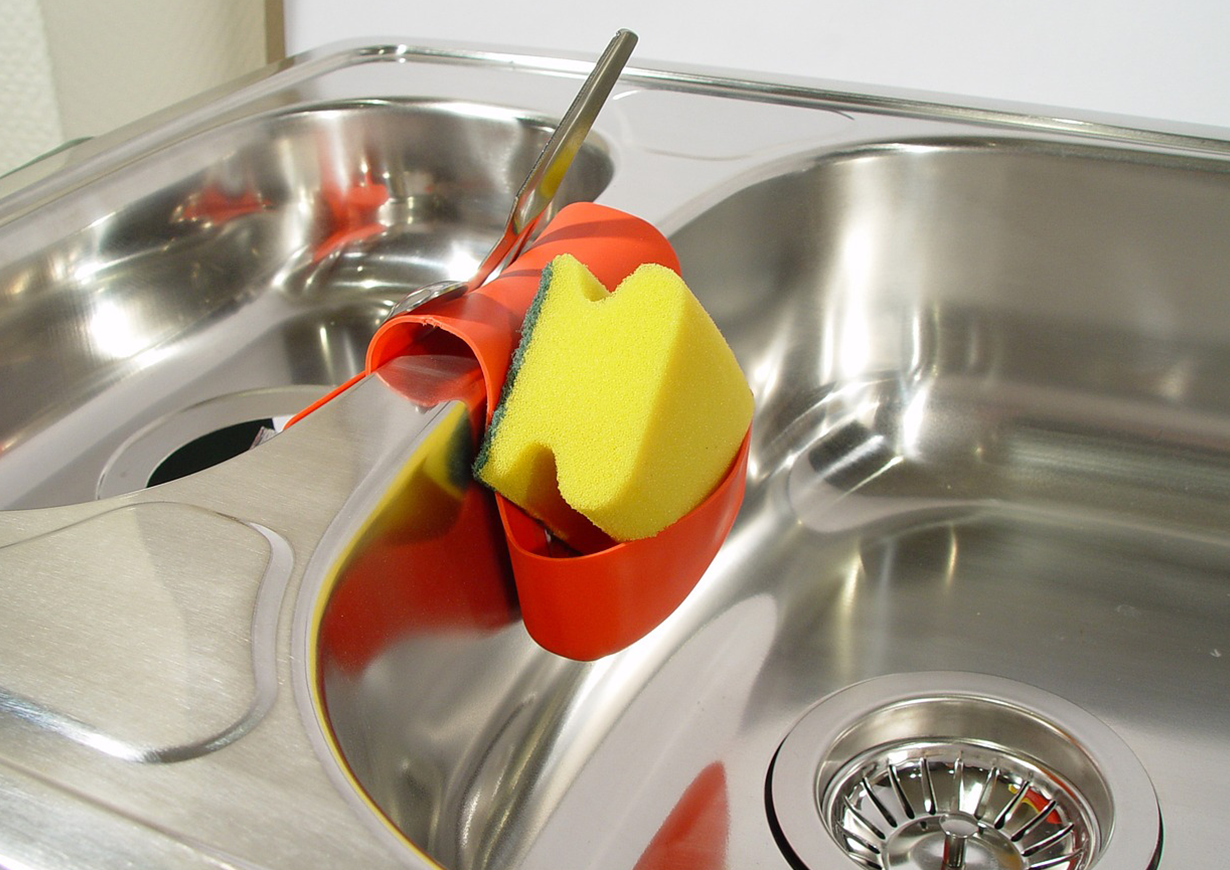Stainless steel is one of the most widely used materials in various industries, from construction to kitchenware. However, despite its popularity, there are still some misconceptions surrounding stainless steel. In this article, we will debunk three common myths about stainless steel, shedding light on the truth behind them.
Myth 1: Stainless steel is completely stain-proof.
Contrary to popular belief, stainless steel is not entirely immune to stains. While it does have excellent resistance to corrosion and rust, it can still develop stains under certain circumstances. Typically, stainless steel can withstand exposure to water, moisture, and mild household chemicals without showing any signs of staining. However, prolonged contact with high-chlorine environments, certain acidic substances, or abrasive cleaning tools can cause small surface deposits to form. These deposits, known as tea-staining or pitting, can give the appearance of staining. Fortunately, these surface deposits can be easily removed with proper cleaning techniques and routine maintenance.
Myth 2: Low-cost stainless steel is of inferior quality.
Price often plays a significant role in consumers’ perception of product quality, and stainless steel is no exception. Many people assume that lower-priced stainless steel products are of inferior quality and will not perform as well as their more expensive counterparts. However, it’s important to note that price is not the sole indicator of quality when it comes to stainless steel. Factors such as manufacturing processes, the type and grade of stainless steel used, and the intended application can all influence the final product’s price.
Myth #3: Stainless steel is completely maintenance-free.
Many people believe that stainless steel is a maintenance-free material that requires no special care. While it is true that stainless steel requires minimal maintenance compared to other materials, it is not entirely maintenance-free. Stainless steel is resistant to rust and corrosion, but it is not immune to these problems. Over time, if exposed to harsh environments or neglected maintenance, stainless steel can develop rust or corrosion. Therefore, regular cleaning and maintenance are essential to keep stainless steel products in optimal condition.
Stainless steel is a versatile material that is often misunderstood. It’s important to separate fact from fiction when it comes to stainless steel and debunk common misconceptions. Stainless steel is not entirely stain-proof, but it can be easily maintained with proper cleaning techniques. Additionally, lower priced stainless steel isn’t necessarily of inferior quality, with various grades offering different properties. Lastly, stainless steel needs to be periodically maintained, otherwise it can deteriorate just like any other material. By debunking these myths, we can appreciate stainless steel for its true value and make informed decisions when choosing stainless steel products for various applications.

